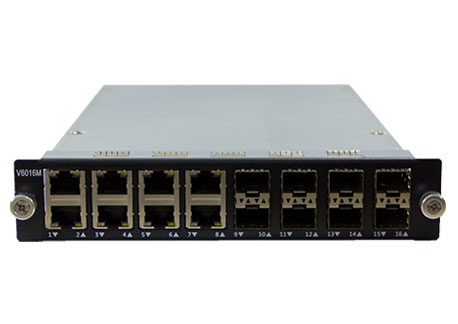1. QoS is the ability of the Handheld Ethernet Tester to apply high priority to specific data frames.
2. VLANs allow switches to logically group devices, and even if all devices share a single physical switch, they can isolate traffic between these device groups.
3. Port mirroring allows one port of the switch to monitor traffic sent or received by one or more ports of the China Portable Ethernet Tester. This feature facilitates real-time monitoring of communication data and is a common fault finding method for Ethernet.
4. IGMP Snooping automatically sends multicast frames only to those devices that request these frames. This prevents multicast frames from being sent to devices that do not request them.
5. SNMP is a simple network management protocol that allows network management applications to communicate with switches in a standard manner, request status information, and set configuration. Some vendors also offer a network management program that converts SNMP data into OPC data used in the system.
6. Ring redundancy is a common feature of managed Ethernet switches. Many industrial switch vendors have created their own dedicated ring redundancy protocols.
In terms of transmission media, most industrial Ethernet communications are carried out over twisted pairs, but sometimes fiber optic cables are required. Fiber optic cable is required when the signal transmission distance exceeds 100 meters supported by the twisted pair. The communication distance of multimode fiber can reach 2 kilometers; the communication distance of single mode fiber can reach 15 kilometers. Optical cables are also commonly used in noisy environments because their communications are not susceptible to electrical or magnetic fields.
